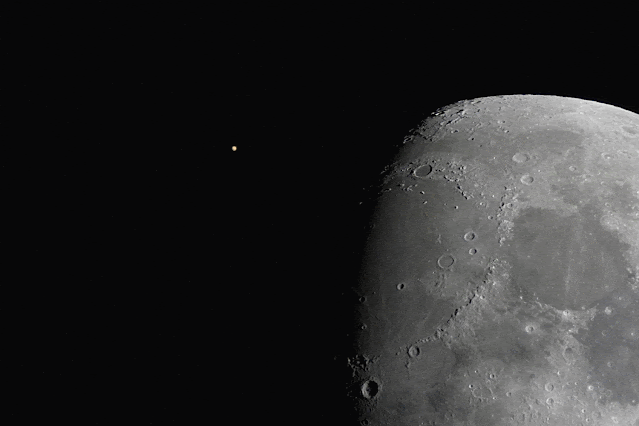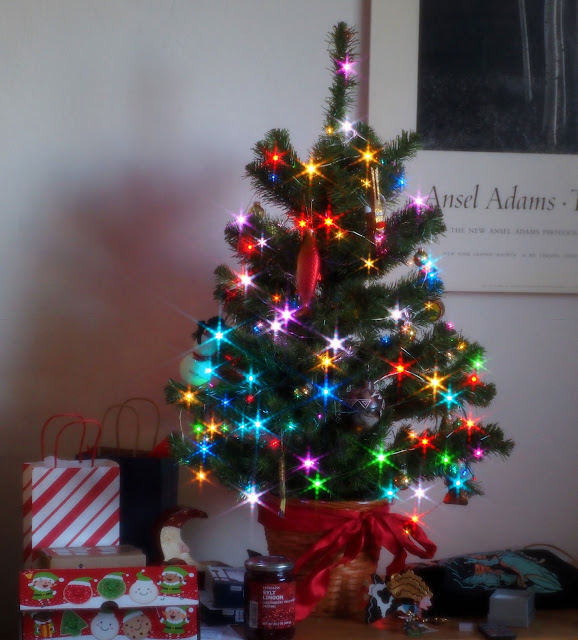On 19 May 2023 the nearest supernova since 2014 appeared in the Pinwheel Galaxy (M101), which is 21 Mly (million light years) distant. It was first observed by Japanese amateur astronomer Kōichi Itagaki and reached a maximum brightness of magnitude 10.8 on 22 May.
This supernova was designated "SN 2023ixf". The "ixf" part of the name is a base-26 numbering system used by the IAU (International Astronomical Union) for transient events. This three-letter designation thus translates to i*676 + x*26 + f = 6714 (where i=9, x=24, f=6). Automated survey instruments detect many thousands of supernovas each year in distant galaxies. Most are too faint to be of general interest. This supernova received attention in the scientific media because it was relatively nearby (in a cosmological sense) and was visible with modest telescopes and cameras.
M101 is a spiral galaxy located near the handle of the Big Dipper.
 |
| Location of M101 (red circle). credit: SkySafariAstronomy.com |
 |
| M101 and SN 2023ixf. E-M5iii + Rokinon 135mm f/2. ISO 1600, 60 s. 2° FOV. |
This image was taken while M101 was high in the northern sky. In the opposite direction in the constellation Virgo is another energetic object, the quasar 3C 273. Quasars (Quasi-Stellar Objects) are supermassive black holes at the center of a host galaxy that release tremendous amounts of energy from the accretion of surrounding matter. The name of this quasar derives from being entry 273 in the Third Cambridge (3C) Catalog of Radio Sources.
 |
| Quasar 3C 273 (red circle). credit: SkySafariAstronomy.com |
The measured redshift places this quasar and its host galaxy at a cosmological distance of 2.4 Gly (Billion light years). This is 114 times more distant than M101 and about a thousand times farther away than the Andromeda Galaxy (M31). With a visual magnitude of 12.8 this quasar is within reach of modest amateur telescopes (4-6 in or 100-150 mm), making it likely the most distant object in the universe that can be easily observed.
 |
| Quasar 3C 273. E-M5iii + Rokinon 135mm f/2. ISO 1600, 60 s. |
If 3C 273 were the same distance as the Andromeda Galaxy it would shine at magnitude -2.1 and would be the brightest star in the sky. If it were the same distance as supernova SN 2023ixf it would shine at magnitude 0.65 and be the tenth brightest star, similar in brightness to Betelgeuse.
There are two 11th magnitude galaxies 1.25° east of 3C 273:
These two galaxies are about 50 Mly distant, or roughly 50 times closer than the quasar.
photo location: Creede, CO




-apP1220511.jpg)

-apP1270520.jpg)

























